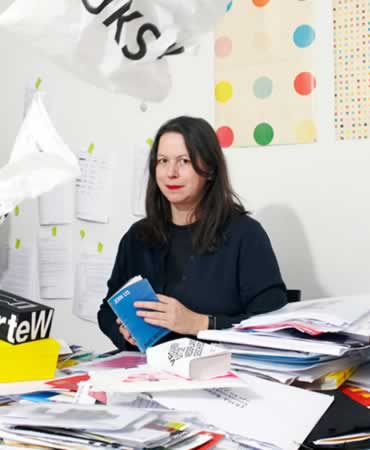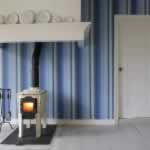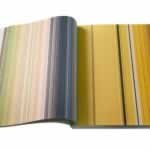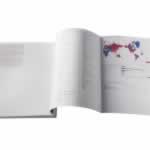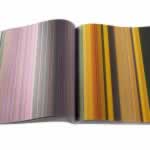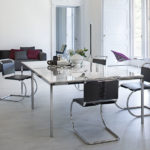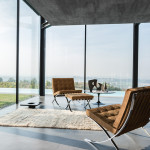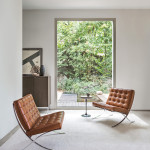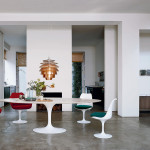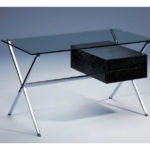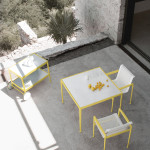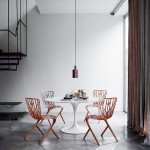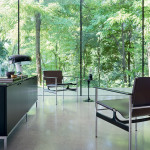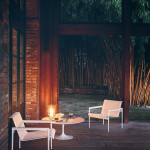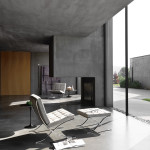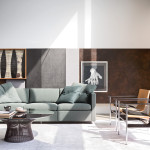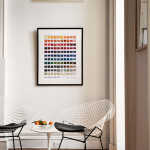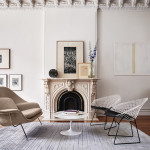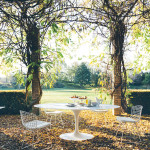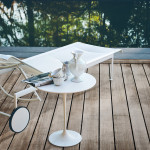Irma Boom is a graphic designer from Amsterdam, specialized in the manufacture of books: through her use of unknown formats, materials, colors, structures and typography, the designer manages to transform the book into a highly fascinating visual and tactile experience. Her passion for books was born from an early age and is ennobled through studies.
Irma Boom in fact studied graphic design at the AKI Art Academy in Enschede and after graduation she worked for five years at the Dutch Government Publishing and Press Office in The Hague, where she managed to enrich her theoretical knowledge with a very daily practice. intense. In 1991 he founded the “Irma Boom Office” studio, which operates nationally and internationally in both the cultural and commercial sectors. Among his clients: the Rijksmuseum in Amsterdam, Paul Fentener van Vlissingen, Inside Outside, Museo, Boijmans Van Beuningen, Zumtobel, Ferrari, Vitra international, NAi Publishers, United Nations, OMA / Rem Koolhaas, Koninklijke, Tichelaar, and Camper.
Since 1992 Boom has been a critic at Yale University in the United States and holds conferences and workshops around the world, being considered among the most authoritative minds in the field of publishing and graphic design. In fact, she has been awarded numerous prizes for her book designs and was the youngest winner ever to receive the prestigious Gutenberg prize for her work. For five years he worked on the “2136 pages SHV-. The Think Book”, which was published in English and Chinese and is considered his editorial masterpiece.
His project for ‘Weaving as a metaphor’ by the American artist Sheila Hicks was considered by the Leipzig Book Fair as ‘the most beautiful book in the world’. His books have been exhibited in numerous international exhibitions and are also featured in the collections of the Museum of Modern Art in New York. His collection of wallpapers, which takes up the scanned and verticalized images of the continents, a UNESCO heritage site, are true artistic masterpieces, which incorporate the same concepts and the same way of working and representing the ideas of his precious books.
